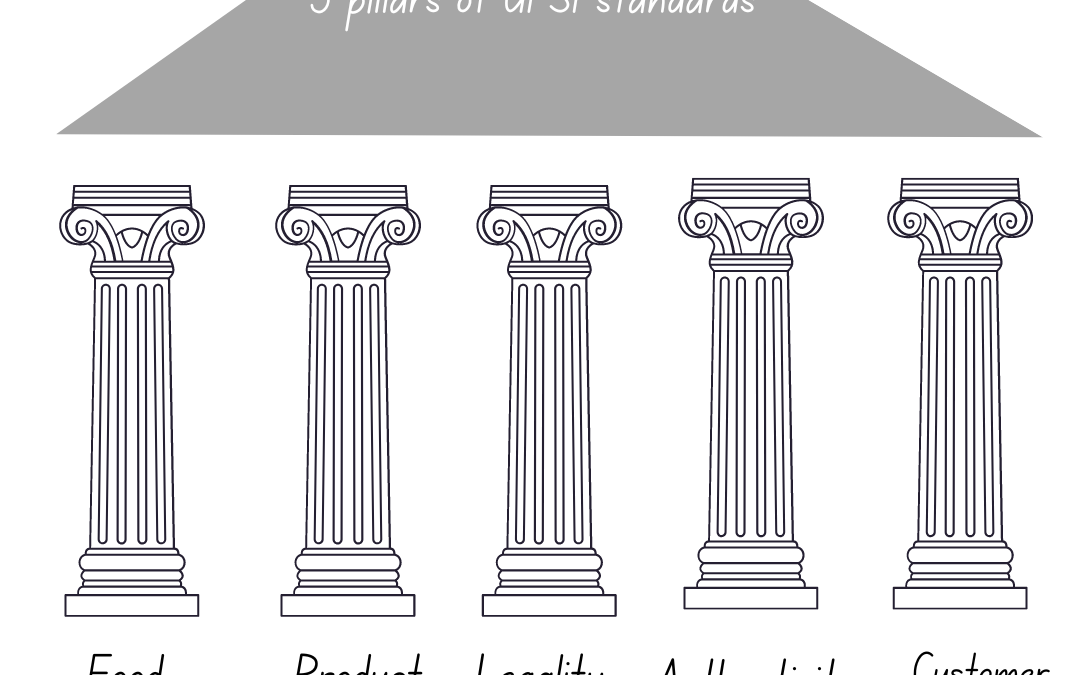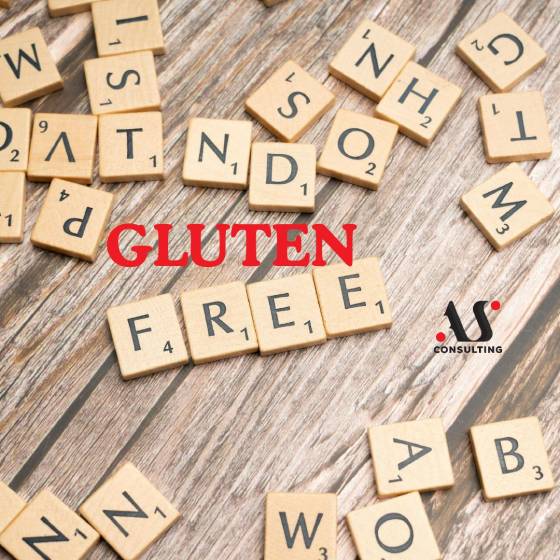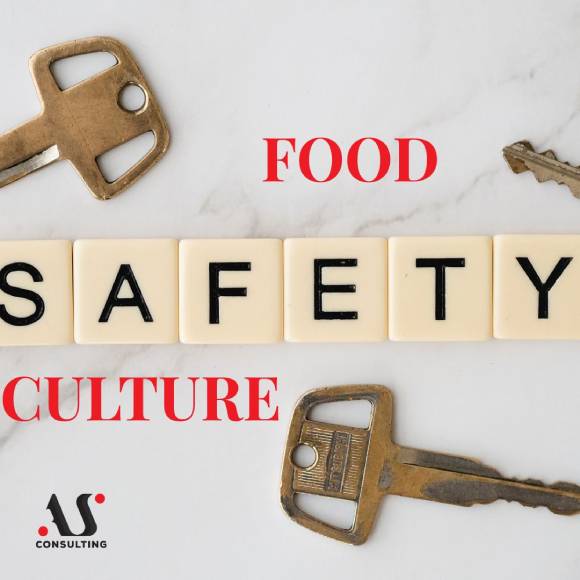
CUSTOMERS REQUIREMENTS RELATING TO STANDARDS AND ASSESSMENTS FOR SUPPLIERS OF PL (Private Label) BRANDS
August 1, 2022
FOOD AS AN ALLERGEN (ALLERGEN MANAGEMENT)
September 14, 2022If you have received certification from one of the GFSI recognized standards as a request from your customers, here is a brief overview of what those standards are and what each of them offers.
What is GFSI?
GFSI (Global Food Safety Initiative) – a global industry network founded in 2000 by the Consumer Goods Forum and represents an initiative for the continuous improvement of the food safety management system in order to ensure the delivery of health-safe food throughout the entire supply chain.
GFSI provides a platform for collaboration between retailers, food companies, food safety experts, etc. and recognizes food safety management system schemes that meet the criteria of the GFSI Guidance Document.
Recognized GFSI schemes: BRC, IFS, FSSC22000, Global Gap, SQF etc. In the following, some of the GFSI recognized standards will be briefly presented.
BASIC CHARACTERISTICS OF GFSI RECOGNIZED STANDARDS
GlobalGap, BRC, IFS Food represent standards for the certification of the production process; these are food safety standards that are certified by certification bodies. Global Gap covers primary production and IFS and BRC are intended for control of production processes. FSSC22000 is a food safety management system and the scheme uses international and independent standards such as ISO22000, ISO9001, ISO/TS 22003 and technical specifications for sector-specific PRPs (prerequisite programs), such as ISO/TS22002-1. In addition to these standards, the FSSC scheme also includes specific FSSC requirements: FSSC Additional Requirements, which are part of the FSSC22000 scheme documents.
All these standards are intended for the needs of communication between business partners and not end consumers.
GlobalGap is a standard that covers primary production, which refers to processes and activities related to the production of products on the farm, it is a management system in agriculture. It was created in 1997 as EUROGAP, on the initiative of retailers, members of the Euro Retailer Produce Working Group (EUREP). The goal of the standard was to develop a quality management system for primary production, with care for the environment, safety and health of people and animals. As a result of this initiative, procedures and standards are developed and an independent certification system of Good Agricultural Practice – G.A.P. is created.
Over the next ten years, an increasing number of producers and trade chains in Europe and the world joined EUROGAP. In 2007, EUROGAP changed its name to Global G.A.P. Today it is the leading Good Manufacturing Practice program for primary producers.
GlobalGap is a standard whose existence tells customers that the food produced on the farm is correct in terms of product quality and health safety, that there was minimal impact on the environment in production, that minimal agrochemicals were used, that there is concern for the well-being of people and animals on the farm.
The benefits of GlobalGap implementation are: increasing the safety of agricultural products; reducing the risk of food poisoning; the responsibility of producers towards the protection of the human environment; improving communication within the supply chain; caring for employees; constant control; greater competitiveness in the market; reducing costs; reducing legal claims; compliance with laws and regulations; enables access to the international market; increasing the trust of customers and other interested parties.
Any primary producer who has integrated production can apply for GloablGAP certification through certification bodies approved by GlobalGAP.
GlobalGap standard requirements. The basic systematic documents of the standards are: General regulations (which determine the rules for the operation of the standards), Control points and compliance criteria (provide specific details for each requirement) and Checklists (which form the basis for internal and external control).
The standard itself has a structure covering areas and sub-areas.
Areas: include general production and are further classified into (All Agricultural Goods Basis, Crops Basis, Livestock Basis and Aquaculture Basis).
Sub-areas: include specific details of production, which are classified by type of production (Fruits and Vegetables, Combined Crops, Coffee, Tea, Flowers and Ornamental Plants, Cattle and Sheep, Pigs, Dairy Products, Poultry, Fish, etc.)
The main requirements of the standard are:
1. Records and internal self-assessment,
2. History and management of the site / land,
3. Health, safety and welfare of workers,
4. Waste and pollution management, recycling and reuse,
5. Natural environment and protection,
6. Complaints
7. Traceability.
FSSC2200 – Food Safety System Certification 22000 (Food Safety Management System)
FSSC2200 is a food safety/quality management system certification scheme that consists of three components:
• ISO22000 (interactive communication, management system, process control, HACCP principles, prerequisite programs);
• PRP – prerequisite programs (ISO/TS22002-1): Construction and layout of the buildings, arrangement of rooms and work space, communal services – air, water, energy, waste disposal, suitability of equipment, cleaning and maintenance, management of purchased materials and raw materials, measures to prevent cross-contamination, cleaning and sanitation, pest control, personnel hygiene, rework, product recall procedures, Storage, Product information, Food safety and bioterrorism
• FSSC22000 specific requirements – to ensure consistency, integrity and provide governance through the scheme
FSSC22000 requirements:
1. requirements of the ISO22000 food safety management system (requirements related to the development, implementation and maintenance of the food safety management system)
2. requirements of the ISO9001 quality management system
3. requirements related to PRP-prerequisite programs (ISO22000 requires in point 8.2. that the organization must establish, implement and maintain PRPs in order to establish basic hygiene conditions)
4. additional requirements of the Scheme (management of services, supervision of employees, management of supplied materials, management of natural resources, food defense, food fraud, formulation of products, management of allergens, labeling of products, environmental monitoring, use of logos).
BRC Global Standard for Food Safety (British Retail Consortium) – Global Standard for Food Safety (Version 8)
In 1998, the British Retail Consortium (BRC) developed and published a technical standard for companies that supply retail chains with branded products. Originally, the standard was developed only for the delivery of branded food products, but today it is also applied to other sectors of the food industry. The standard was developed to support retailers and brand owners to ensure the quality and food safety of their products.
Standard requirements:
• implementation and application of HACCP principles
• documented and functional quality management system
• a standard for controlling the factory environment, products, procedures and personnel
Principles of the BRC standard:
• reducing the possibility of double evaluation
• work and cooperation with accreditation bodies for effective control and maintenance of standards
• encouraging “local” evaluation
• promotion of direct participation of retail store owners during the development and maintenance of the system
• constant review and improvement of standards and supporting processes
Area of standards: wholesale, import, distribution and storage.
Requirements of the BRC Food standard:
1. management commitment and continuous improvement
2. food safety plan – HACCP plan
3. food safety and quality management system
4. Site standards
5. product control
6. process control
7. Personnel
8.High-risk, high-care and ambient high-care production risk zones
9.Requirements for traded products
The BRC Standard currently includes six standards that have been developed for the entire supply chain: for food safety, packaging, storage and distribution, non-manufacturing trade, consumer products, retail.
Version 9 is expected to be released in August 2022.
IFS – International Food Standard
International Standard for the Control of Quality and Safety of Food and Food Products (Version 7)
The IFS standard was created due to the growing needs of large retail chains for the development of a single Standard for product quality control and food safety. The creators of this standard are the German and French trade associations, which in 2001 issued the first draft of the standard for the control and safety of branded products and called it IFS Food. The goal was to use a unique approach to evaluate the supplier’s food quality and safety system.
This standard is managed by IFS Management GmbH, a company owned by FCD and HDE, and applies it in all phases of the process industry. The IFS standard is part of GFSI and recognized by GFSI (Global Food Safety Initiative).
Version 3 was the first version of this standard that entered into force in 2003, so that the current version 7 will enter into force in October 2020.
The IFS Standard currently includes eight standards that have been developed for the entire supply chain:
• IFS Food 7. – a standard developed for the control of companies that produce or pack food
• IFS Global Market Foods – standardized food safety program for retail trade chains as well as the food industry. It represents the first step towards the implementation of IFS Food.
• IFS Wholesale/Cash&Carry-standard developed to optimize controls and procedures of wholesale and Cash&Carry markets
• IFS Logistic 2.3. – for service companies dealing with logistics services
• IFS Global Markets Logistic – created with the aim of facilitating the process of monitoring small and less developed logistics services
• IFS Broker – applies to companies involved in “trading activities”
• IFS HPC – a standard that ensures product safety
• IFS PacSecure – for control of primary and secondary packaging
• IFS Food Store – control of retailers on how well they control food safety
Requirements: The IFS FOOD Standard contains 250 requirements that are organized into 6 chapters:
1. Responsibility of management,
2. Quality management system,
3. Resource management,
4. Production process
5. Measurements, analysis and improvements
6. Food defense
All the mentioned standards are not intended for communication with end consumers, but for business to business (B2B)* communication.
* B2B – business to business markets are platforms where trade can be conducted directly between a buyer and a seller, or through a third party.




